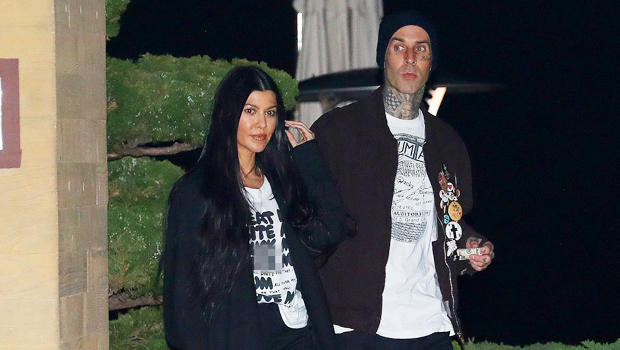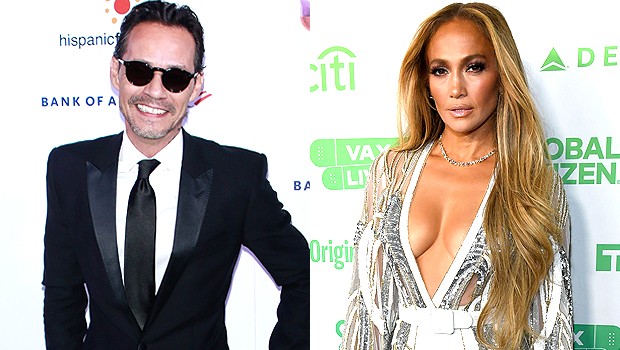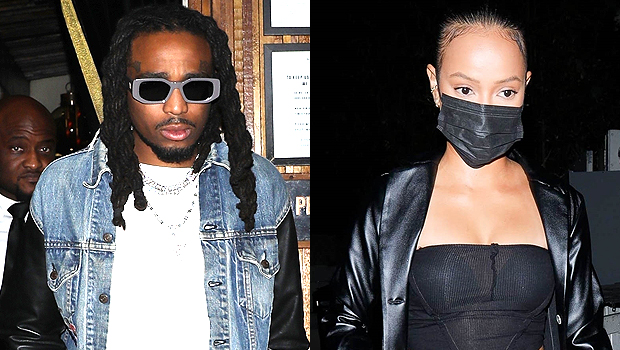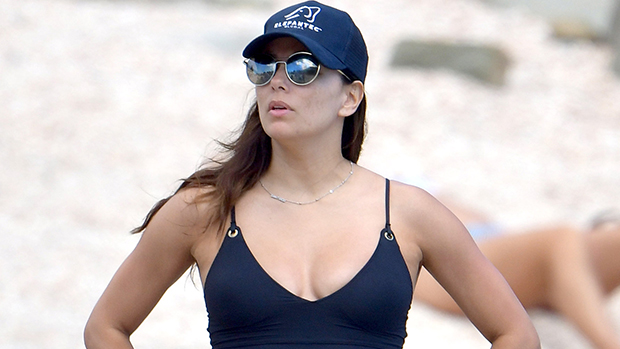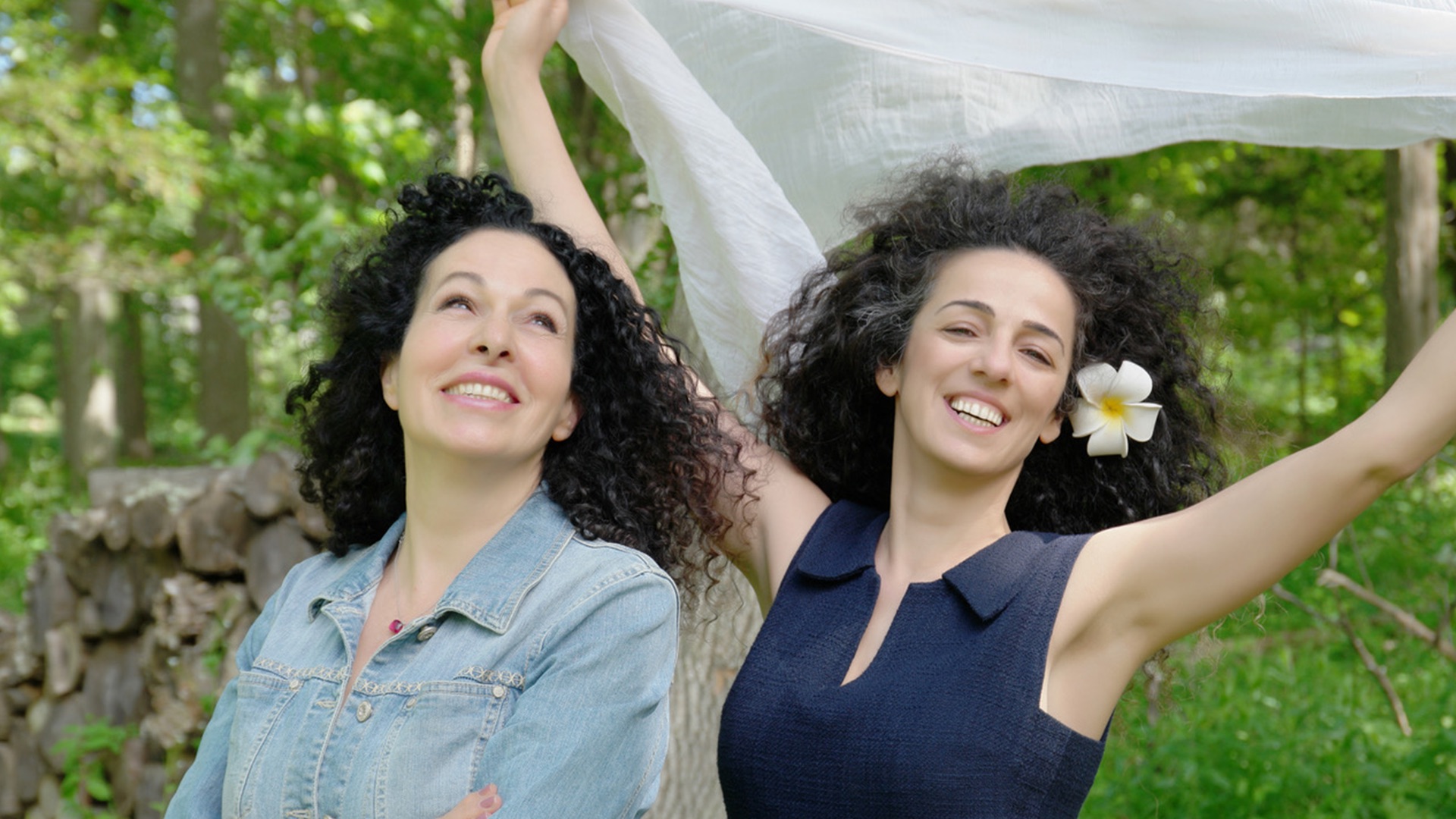SXSW 2022 Women Directors: Meet Jessica Edwards – “Skate Dreams”
Jessica Edwards launched Film First in 2010 to produce documentary shorts and feature-length work. Her award-winning debut short, “Seltzer Works,” premiered at SXSW and was broadcast on the PBS series “POV” in 2010. Her other documentary shorts, including “Tugs” (2011),...
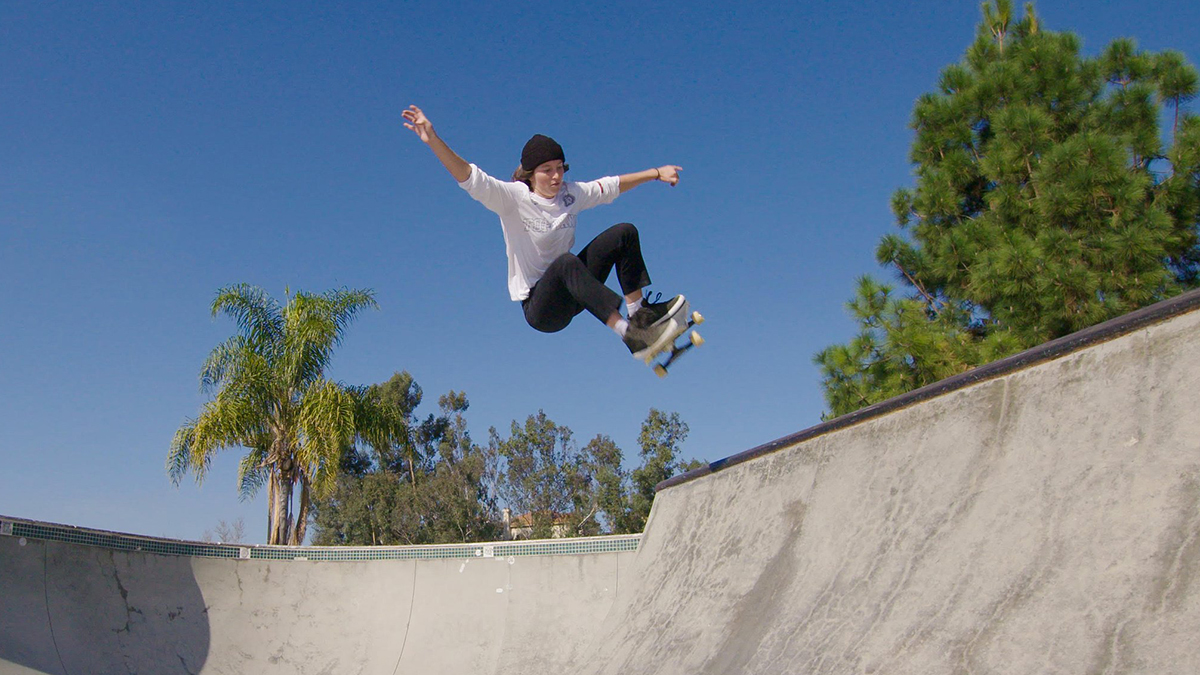
Jessica Edwards launched Film First in 2010 to produce documentary shorts and feature-length work. Her award-winning debut short, “Seltzer Works,” premiered at SXSW and was broadcast on the PBS series “POV” in 2010. Her other documentary shorts, including “Tugs” (2011), “The Landfill,” (2012) and “Slowerblack” (2017), have screened at film festivals around the world including Sundance, SXSW, Hot Docs, Full Frame, IDFA, and dozens of others. Her debut feature-length documentary, “Mavis!,” about soul music legend Mavis Staples and her family group The Staple Singers, premiered on HBO in 2016, and was released in over a dozen countries worldwide. Edwards was awarded a Peabody for distinguished achievement in documentary filmmaking in 2017.
“Skate Dreams” is screening at the 2022 SXSW Film Festival, which is taking place March 11-20. Find more information on the fest’s website.
W&H: Describe the film for us in your own words.
JE: “Skate Dreams” is the first feature documentary about the rise of women’s skateboarding. It’s a story of resilience and perseverance and a celebration of the power of community.
W&H: What drew you to this story?
JE: As a young girl in Canada, I didn’t grow up skateboarding. My feeling at that time was that skateboarding was not meant for me. It was meant for “cool” boys, usually stoners who smoked in front of school. When my daughter turned six she wanted to try skateboarding. I was thrilled and felt hopeful that times had changed. It seemed impossible that the misogynist leanings of the skate culture would still be prevalent in 2018.
We got her a cute pink skateboard and enrolled her in after-school lessons. I started looking for films that she could watch to learn more about the culture and find inspiration in the powerful female athletes of the sport. While online, I discovered a community of women who were amazing to watch on their boards, and collectively promoting other women. This supportive crew was what I had been searching for as a young person and what I realized most young people are searching for.
The global skateboarding movement has developed a sense of belonging and connectedness, and an opportunity for young people to find their own way no matter what gender they identify as, which is something that I want for all kids, especially my daughter.
Discovering this global community built with passion and empowerment was the impetus and inspiration for “Skate Dreams.”
W&H: What do you want people to think about after they watch the film?
JE: Joy! Happiness! Inspiration! Freedom! All the same things you feel on a skateboard or participating in any other exhilarating pastime.
W&H: What was the biggest challenge in making the film?
JE: The biggest challenge was a global health pandemic that stopped all travel and filming for a year and postponed a major narrative event in our film! Besides all that, the main challenge on the creative side was how to tell this vast but interconnected story. I felt it was important to focus on what was happening globally, and not just in the United States because the impact of skateboarding is different around the world. In the U.S. there’s a focus on inclusivity, gender, and community, while other countries are using skateboarding as a tool for social change, representation, and empowerment.
In the edit, we started by focusing on the major historical events that have laid the foundation for the contemporary women’s skate scene. That helped us ground the narrative so we could use the trajectory of the main character, Mimi Knoop, becoming the coach of the first USA Olympic Skateboarding Team as the scaffolding of the film. It took months of brainstorming and risk-taking with my amazing editor, Maya Tippett, to finally shape the film into what it is today.
The real challenge is that skateboarding means something different to each person — there are so many skateboarding stories to tell and I knew we’d never be able to portray them all. Ultimately, we wanted to make sure this important history wasn’t lost and for women to be able to see themselves in this underrepresented history.
W&H: How did you get your film funded? Share some insights into how you got the film made.
JE: The film was independently financed by my production company, Film First. We did seek production funds from more than a dozen granting and funding agencies, and we weren’t awarded any. My producer, Erin Owens, had investors lined up before the pandemic hit, but in the uncertainty of 2020, we lost those commitments.
In 2021, we partnered with some amazing funders who came on as our executive producers to help us finish the film. “Skate Dreams” is currently available for distribution and we’re excited to find a partner that believes in the film as much as we do.
W&H: What inspired you to become a filmmaker?
JE: If I’m honest, it was Lelaina Pierce, the fictional character played by Wynona Ryder in “Reality Bites.” Dorky, I know. But the character’s commitment to her friends and to her art really fueled my 16-year-old self. My mom got me a secondhand Hi-8 video camera for my 16th birthday, and I just started filming my friends.
Even though I went to film school and made lots of juvenile attempts at filmmaking, I didn’t really find my voice as a filmmaker until I was in my 30s. I’m so grateful to be a storyteller now, and feel privileged to be in the position of doing it. I only wish it was a more sustainable lifestyle.
W&H: What’s the best and worst advice you’ve received?
JE: Before I made my first feature documentary, I had been a film publicist for 10 years and was starting to transition to full-time filmmaking. I had directed and produced a few short films, but undertaking a feature felt much bigger. And scarier!
In order to set myself up for success, I started reaching out to documentary filmmakers I knew to ask them for advice. I made a book out of it called “Tell Me Something: Advice from Documentary Filmmakers.” One of my favorites is from Barbara Kopple, who said that no matter how much you shoot, you’ll always miss something, and that’s okay.
Another favorite was from Steven Bognar and Julia Reichardt, whose advice is to shift your allegiance from your footage to your film. Just because you love something you shot doesn’t mean it fits in your edit. I still refer to this book for all of my creative endeavors and I’m grateful for the advice in it.
W&H: What advice do you have for other women directors?
JE: Don’t start with “sorry.” There are opportunities in adversity. Channel the self-confidence of a mediocre white man.
W&H: Name your favorite woman-directed film and why.
JE: Insanely difficult question! For fiction films, I love Lina Wertmüller for her melodrama and her use of color and composition. I thought Maggie Gyllenhaal’s directorial debut, “The Lost Daughter,” was stunning in it’s subtlety. I can’t wait to see what else she creates.
For documentaries, I’ve always loved anything Heidi Ewing and Rachel Grady make –they’re a tour de force in storytelling, and an example for career sustainability in filmmaking. I also appreciate Kirsten Johnson, Nanfu Wang, and Chris Hegedus for their tenacity and ability to push their projects through despite all the obstacles out there.
W&H: How are you adjusting to life during the COVID-19 pandemic? Are you keeping creative, and if so, how?
JE: Getting “Skate Dreams” made during the pandemic was one of the biggest creative and logistical challenges of my life — never mind homeschooling, taking care of family, and keeping a small business afloat. But we did it, and I’m grateful that we were able to finish the film at all, let alone put it out in the world for everyone to see.
Roadblocks can sometimes make you more creative, and the silver lining of the pandemic is that we all get better at knowing what’s important in our lives and fighting to protect that.
W&H: The film industry has a long history of underrepresenting people of color on screen and behind the scenes and reinforcing — and creating — negative stereotypes. What actions do you think need to be taken to make it more inclusive?
JE: Representation is essential at all levels of the film industry. It’s not enough to have more people of color behind the camera: we need representation in C-suites of major corporations, funding bodies, granting organizations and film festival programming. People need to be thinking about equity across the board to facilitate a diversity of storytelling.

 JaneWalter
JaneWalter 







